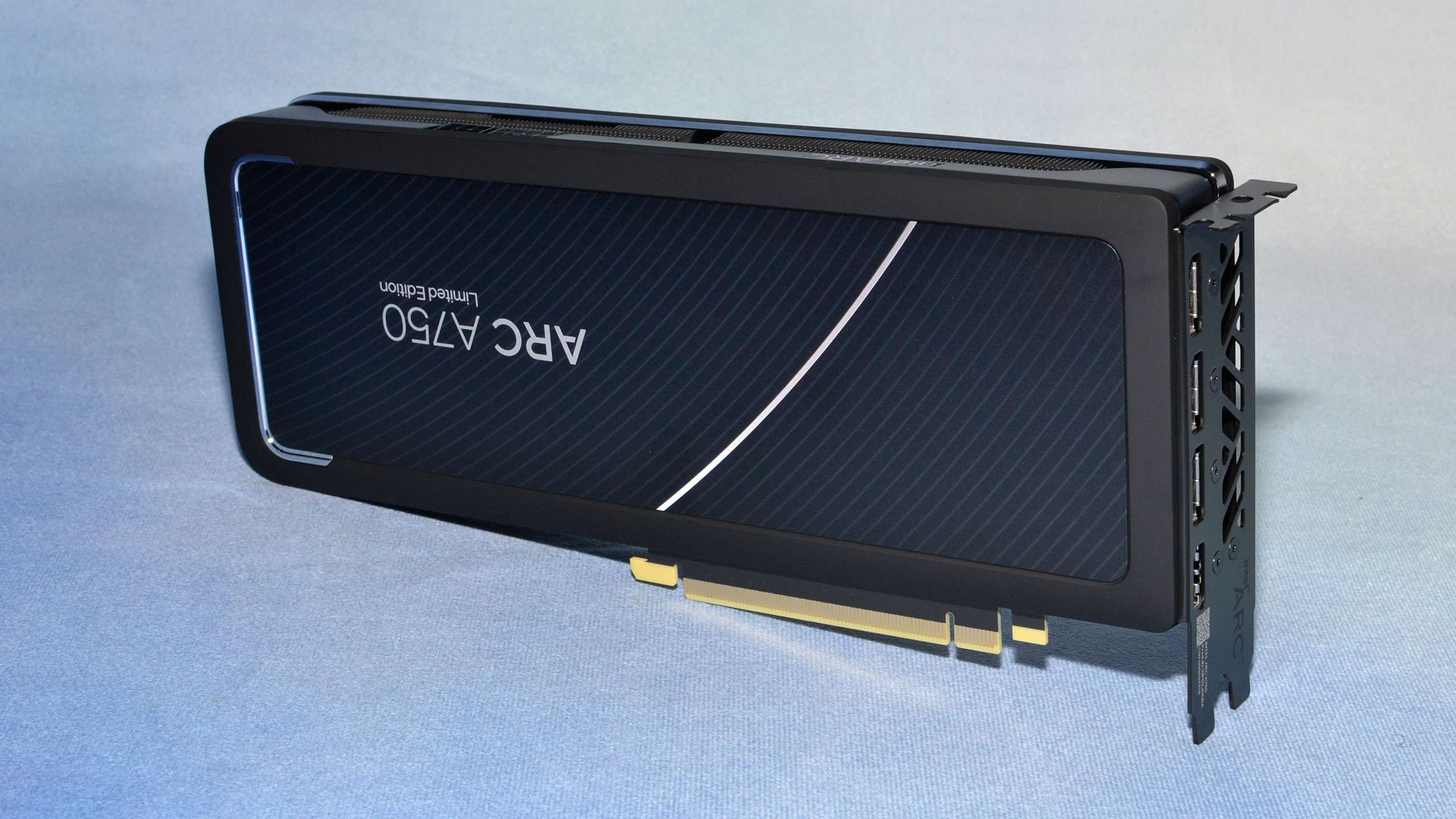
Intel is preparing to introduce its own frame generation technology similar to DLSS 3 and FSR 3, called ExtraSS (via WCCFTech). Detailed at Siggraph Asia in Sydney, ExtraSS is not just a clone of DLSS 3 or FSR 3: instead of using frame interpolation, it uses frame extrapolation. Although these two methods are very similar, extrapolation has some advantages that could set ExtraSS apart from its competitors.
On the whole, ExtraSS is pretty similar to DLSS's and FSR's respective frame generation technology. Intel has built on top of XeSS and makes use of motion vectors and spatial data to improve visual quality, but with extrapolation, the data used to make a new frame is very different. Instead of using two frames to create a new one to insert in between (that's the inter in interpolation), extrapolation takes just one frame to generate the new one.
The obvious disadvantage here is the lack of extra data to put into Intel's algorithm. Extrapolation requires a higher resolution input and could still result in lots of visual glitches and artifacts, as Intel admits in its white paper. However, the benefit is that there is a reduced latency penalty compared to interpolation, which has to delay frames so it can generate new ones (otherwise, they'd show up out of order).
The reason why Intel has decided to go with extrapolation when its rivals chose interpolation is because the company has "a new warping method with a lightweight flow model," which apparently makes extrapolation more feasible. However, we don't have footage of the demo (which was done in Unreal Engine), so we can't properly evaluate how good ExtraSS is, at this time.
The key drawback of DLSS 3 and FSR 3 has been the big latency penalty, which practically needs to be mitigated by Nvidia's Reflex and AMD's Anti-Lag technologies, respectively. ExtraSS, if its visual quality is good enough, could be a potent alternative since it doesn't depend on additional features to get its latency to a playable level. However, that's a pretty big if, considering DLSS 3 and FSR 3 already struggle in visuals, and they use a higher quality frame generation method.







